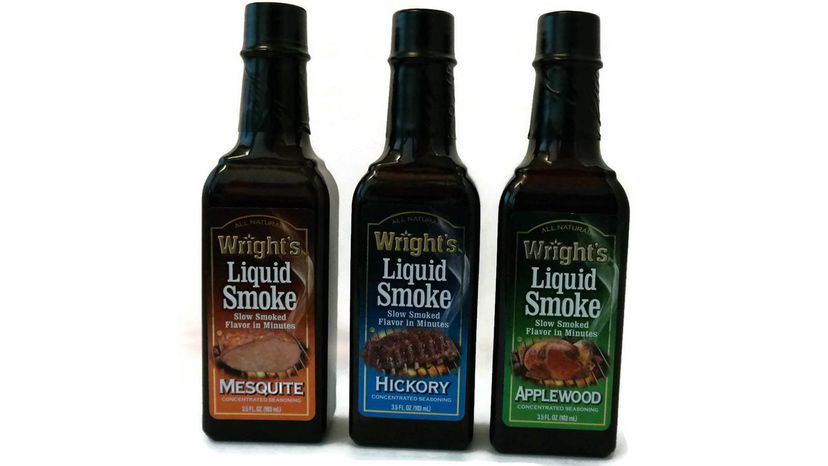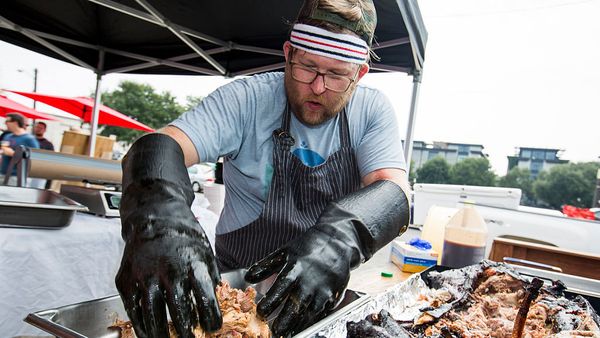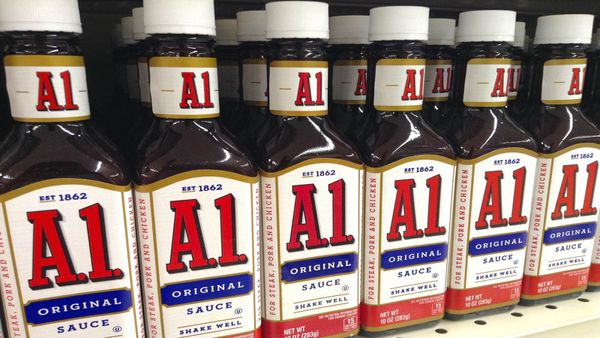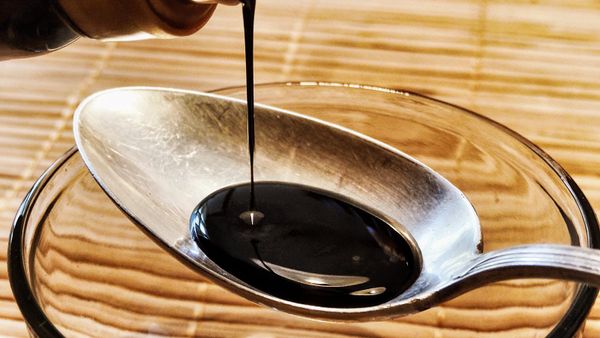Liquid smoke is made from actual smoke: Woodchips or sawdust are burned at high temperatures and the smoke is collected in a condenser and cooled into a soluble liquid. That's then filtered of its impurities (like tar and ash) and further condensed. Some brands add more ingredients like molasses, vinegar, hickory flavor and caramel coloring.
Of course, no clever food flavoring is without its controversy and liquid smoke is no different. Adding just a teaspoon too much of the water-soluble liquid can render meals inedible, meaning you need to follow recipes that use liquid smoke closely to ensure you don't ruin your meal. (Nobody wants to throw pounds of brisket into the trash.)
But all recipes that use liquid smoke don't involve meat. One of the hottest hacks for liquid smoke today is it for vegan and vegetarian cooking to give dishes that barbecue flavor. Vegan chef Tabitha Brown's recipe for carrot bacon, for instance, went viral after she posted it on TikTok. The simple recipe calls for thin strips of carrots dipped in a mixture of liquid smoke, maple syrup, garlic powder, smoked paprika and onion powder and then crisped up in an air fryer or oven at 380 degrees Fahrenheit (193 degrees Celsius). The results are smoky "bacon" strips for those who don't eat meat.



